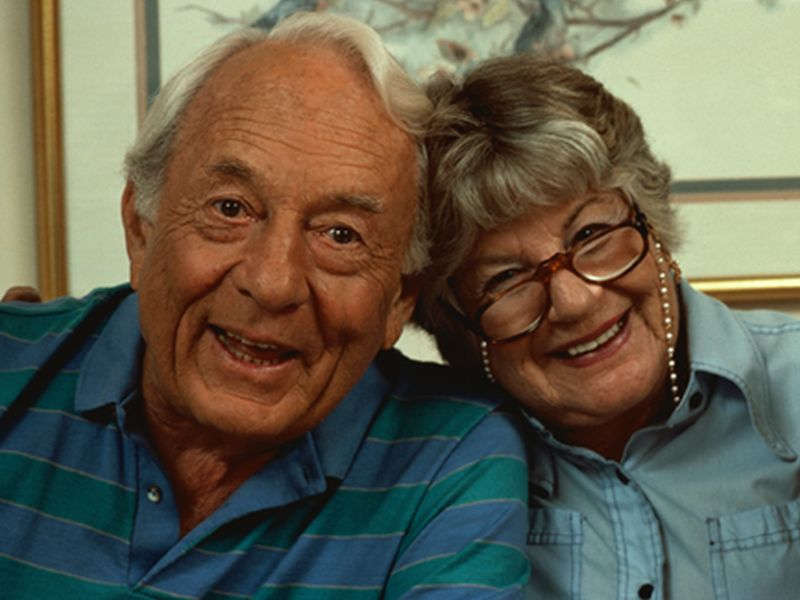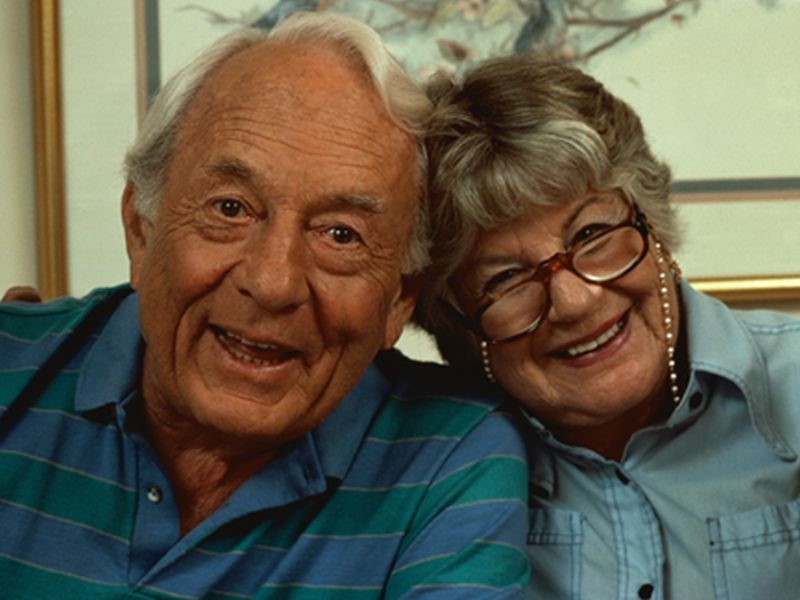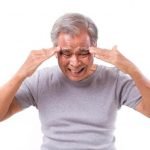 – More than one-quarter of Americans over 50 don’t exercise, a new federal report estimates, increasing their risk for heart disease, diabetes and cancer.
– More than one-quarter of Americans over 50 don’t exercise, a new federal report estimates, increasing their risk for heart disease, diabetes and cancer.
“Adults benefit from any amount of physical activity,” said study co-author Janet Fulton. “Helping inactive people become more physically active is an important step towards healthier and more vibrant communities.”
Fulton is chief of the Physical Activity and Health Branch at the U.S. Centers for Disease Control and Prevention.
For the study, the researchers analyzed results of a 2014 national survey about health, focusing on people aged 50 and older. The investigators defined inactivity as moving around only to accomplish routine daily duties.
Based on that definition, 31 million older Americans are inactive — just over 29 percent of women and nearly 26 percent of men.
One-third of Hispanics and blacks were inactive, the findings showed. That compared with 26 percent of whites and 27 percent of people in other racial and ethnic groups.
The older Americans get, the less exercise they get, according to the study. Thirty-five percent of people aged 75 and older were inactive, as were 27 percent of those between 65 and 74, and 25 percent of those aged 50 to 64.
Southerners were least likely to exercise: 30 percent were inactive. In comparison, 28 percent of older people in the Midwest, 27 percent in the Northeast, and 23 percent in the West were inactive.
Colorado had the most active older Americans, with 82 percent getting daily exercise. People in Arkansas were the least active, with only 61 percent getting daily exercise, according to the report.
People carrying extra pounds were less likely to be active, while those with more education were more apt to exercise, the study found. And, not surprisingly, people with a chronic disease were more inactive (32 percent) than those who were not ill (19 percent).
Physical activity can boost life span and lower the risk of conditions such as heart disease, type 2 diabetes, dementia and some kinds of cancer, according to the CDC. And among older people, exercise also can reduce the risk of falls and broken bones.
“More work is needed to make it safer and easier for people of all ages and abilities to be physically active in their communities,” lead author Kathleen Watson said in a CDC news release. Watson is an epidemiologist in the CDC’s Division of Nutrition, Physical Activity and Obesity.
The report was published in the Sept. 15 issue of the CDC’s Morbidity and Mortality Weekly Report.
[Source:-UPI]







